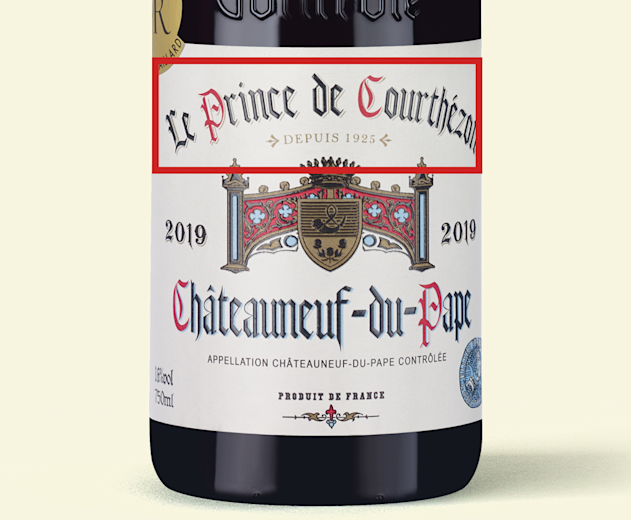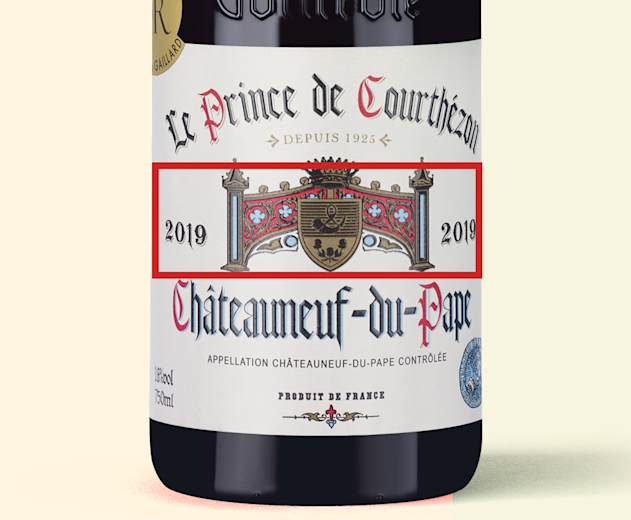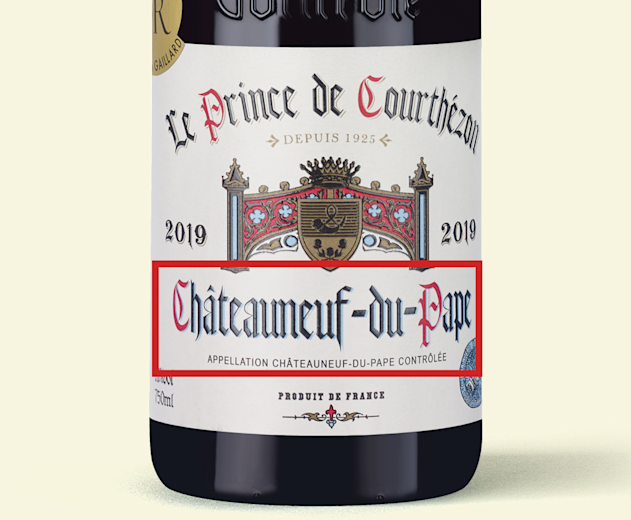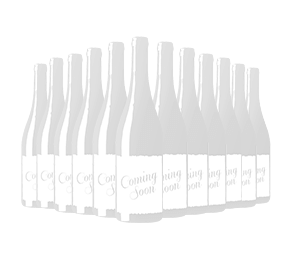Chat with Vinny
How to read a wine label
If wine shopping isn't something you do very often then looking along the rows and rows of bottles can sometimes be a little daunting.
Half the time the grape isn't written on the bottle, but the location is. What's sur lie? And how do AOC, DOC and IGT differ?
There is a lot to take in, but when you know the few bits of information to look for you'll feel much more confident you're choosing something you'll like.
Of course, if learning how to decode a wine label doesn't appeal to you, you can always ask our in-store wine advisors or team of Wine Guides for help. They know what they're talking about, and they don't judge ... so ask them whatever you want!
Things to look out for on a wine label
Producer or brand name
This could either be a household name or something that carries a lot of clout - it usually sits at the top of the label so is likely to be the first thing you see.
Wine name
This is fairly self-explanatory. However, many Old World (or European) wines will instead choose to list the area in which the grapes were grown (e.g. Chablis or Sancerre).
Geographical Indicator (GI)
Almost all wines will make it clear on the label where the grapes were grown, but European winemakers must follow a strict set of rules if they do this. For example, if winemakers in the Saint-Émilion appellation of Bordeaux want to put Saint-Émilion AOC on their label, they can only use Merlot, Cabernet Franc and Cabernet Sauvignon.
Because of these regulations, the GI should give you a good idea of how the wine should taste.
Grape variety
If you're someone who knows what they like and likes what they know, then chances are this is the piece of information you'll find most useful. Unfortunately, many European producers won't list them and display their GI instead.
These means you need to research which areas make the style you like. If you love Sauvignon Blanc then look out for Sancerre and Touraine, or if you're a Nebbiolo fan then opt for Barolo or Barbaresco.
Vintage
The vintage is always the year the grapes were harvestes, not the year the wine was released. This can help you determine the quality of the wine depending on whether a particular region had a good or bad year. The vintage will also tell you how old the wine is (a Gran Reserva Rioja must be aged for a minimum of five years before release.)
Let's read a wine label together

Producer name
This one is quite clear, Le Prince de Courthézon is the name of the producer of the wine.
You're likely to find several wines under this name. In our range, you will find a Châteauneuf-du-Pape and a Côtes du Rhône.

Vintage
2019 was thought to be a good vintage for Chateauneuf-du-Pape.
Good quality wines usually benefit from bottle ageing and are generally released when winemakers feel they are ready to drink .

Geographical Indicator
This wine is labelled Appellation Châteauneuf-du-Pape Controlée and is likely to include a blend of Grenache, Syrah and Mourvèdre. Based in France's Southern Rhône, the region has has a warm climate and stony soils which help to create wines with intense red fruit flavours.

